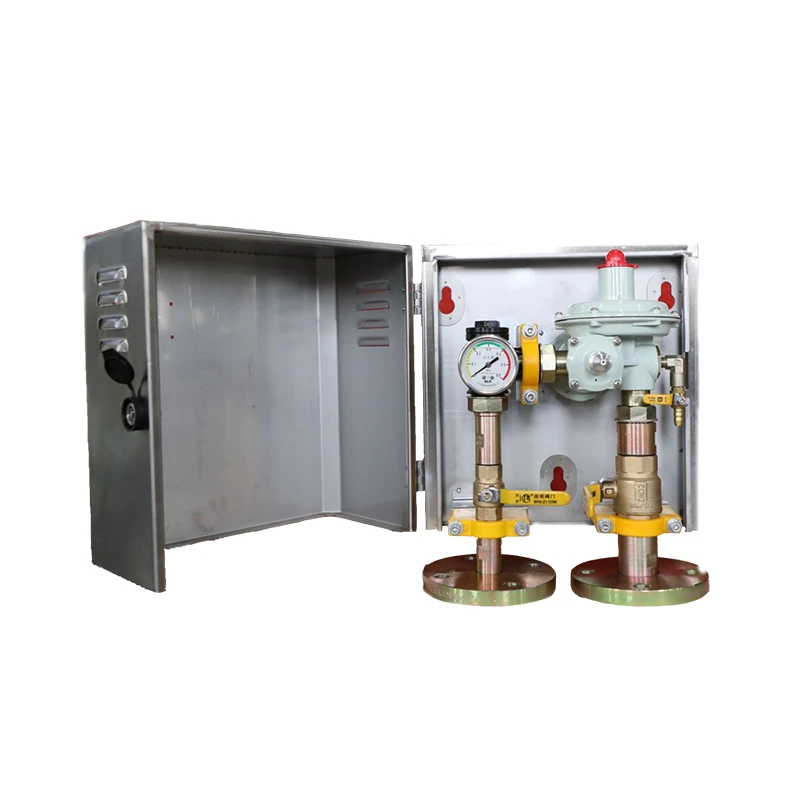
Dec . 18, 2024 13:24
Back to list
Natural Gas Supply Hub for Efficient Distribution and Energy Management
The Role of Natural Gas Distribution Stations in Modern Energy Infrastructure
Natural gas has become an essential component of the global energy landscape, offering a cleaner alternative to coal and oil for heating, electricity generation, and transportation. Central to the effective utilization of this abundant resource are natural gas distribution stations, which play a vital role in delivering gas to consumers while ensuring its safe and efficient use.
What is a Natural Gas Distribution Station?
A natural gas distribution station is a facility that regulates the flow, pressure, and distribution of natural gas from high-pressure transmission pipelines to the lower-pressure pipelines that ultimately supply homes and businesses. These stations are strategically located throughout urban and rural areas to optimize the delivery of natural gas to consumers.
Key Functions of Distribution Stations
1. Pressure Regulation Natural gas travels through pipelines at very high pressures to reduce the cost of transportation. Once it reaches a distribution station, the gas pressure must be reduced before it can be safely distributed to residential and commercial customers. This involves complex pressure regulation systems that ensure a constant and safe supply of gas.
2. Metrology and Monitoring Distribution stations are equipped with advanced metering systems that measure the volume of gas being distributed. This data is crucial for billing purposes and ensures accurate tracking of gas usage. Additionally, monitoring systems detect any irregularities in the flow or pressure, which can indicate potential leaks or other issues.
3. Quality Control The quality of natural gas must meet specific standards before it can be delivered to consumers. Distribution stations often include facilities for odorization, which involves adding a distinctive smell to the otherwise odorless gas to help detect leaks. Additionally, other contaminants may be filtered out to ensure the gas is clean and safe for use.
4. Safety Mechanisms Safety is a paramount concern in the natural gas industry. Distribution stations have multiple safety features, including automatic shut-off valves and pressure relief devices, which help prevent accidents in the event of a pipeline rupture or other emergencies. Regular maintenance and inspections are also conducted to ensure all systems are functioning properly.
natural gas distribution station

The Importance of Natural Gas Distribution Stations
Natural gas distribution stations are essential for several reasons
- Energy Efficiency By effectively managing and distributing gas, these stations contribute to the overall efficiency of the energy supply chain. Lower pressure gas is more suitable for use in homes and businesses, making natural gas a convenient energy source.
- Environmental Benefits Natural gas is a cleaner-burning fuel compared to other fossil fuels. By facilitating its use, distribution stations help reduce greenhouse gas emissions and air pollutants, supporting efforts towards a more sustainable energy future.
- Economic Impact The natural gas sector is a significant driver of economic growth. The operations of distribution stations create jobs and contribute to local economies. Moreover, access to reliable natural gas is vital for various industries, including manufacturing and energy generation.
- Adaptation to Renewable Energy As the world transitions to renewable energy sources, natural gas provides a flexible solution for energy storage and backup power. Distribution stations help balance supply and demand, ensuring that energy needs are met even during fluctuations in renewable energy production.
Conclusion
Natural gas distribution stations are crucial infrastructures that ensure the safe, efficient, and reliable delivery of natural gas to consumers. As the world increasingly turns to cleaner energy solutions, these stations will continue to play an indispensable role in the energy landscape. By supporting economic growth, enhancing energy efficiency, and promoting environmental sustainability, natural gas distribution stations are at the forefront of the energy transition, paving the way for a more sustainable future.
Latest news
-
Safety Valve Spring-Loaded Design Overpressure ProtectionNewsJul.25,2025
-
Precision Voltage Regulator AC5 Accuracy Grade PerformanceNewsJul.25,2025
-
Natural Gas Pressure Regulating Skid Industrial Pipeline ApplicationsNewsJul.25,2025
-
Natural Gas Filter Stainless Steel Mesh Element DesignNewsJul.25,2025
-
Gas Pressure Regulator Valve Direct-Acting Spring-Loaded DesignNewsJul.25,2025
-
Decompression Equipment Multi-Stage Heat Exchange System DesignNewsJul.25,2025

